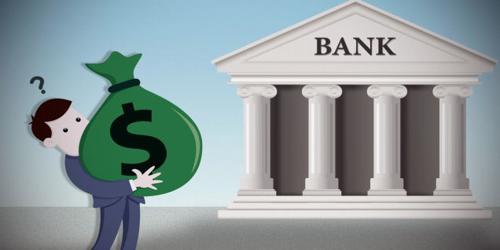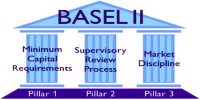Bank Customer
A person who has a bank account in his name and for whom the banker undertakes to provide the facilities as a banker is considered to be a customer. The relationship between banker and customer begins as soon as money or cheque is paid in and the bank accepts it and is prepared to open an account.
To constitute a customer the following requirements must be fulfilled:
(a) The bank account may be savings, current or fixed deposit must be operated in his name making a necessary deposit of money.
(b) The dealing between the banker and customer must be of the nature of the banking business.
A general relationship between banker and customer: The general relationship between banker and customer are as follows:
- Relationship as debtor and creditor.
- Banker as a trustee.
- Banker as an agent.
Relationship as debtor and creditor: On the opening of an account the banker assumes the position of a debtor. A depositor remains a Creditor of his banker so long as his account carries a credit balance. Relationship with the customer is reserved as soon as the customer account is overdrawn. Banker becomes a creditor of the customer who has taken a loan from the banker and continues in filet rapacity fills the loan is repaid.
Banker as a trustee: A banker is a debtor of his customer in the report of the deposit made by the letter but in certain circumstances, he acts as trustee also. A trustee hold holds money or asset and performs certain functions for the benefit of some other person called the beneficiary. For example; if the customer deposits securities or other values with the banker for the safe custody, the letter acts as a trustee of his customer.
As an agent: A banker acts as an agent of his customer and performs a number of agency functions for the conveniences of his customer. For example; he buys or sells securities on behalf of his customer, collects cheques on his behalf and makes payment of various dues of his customer.















